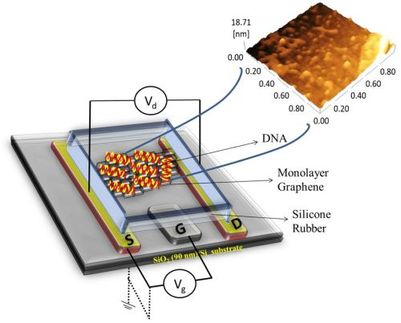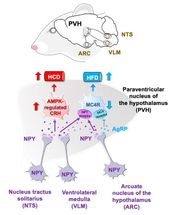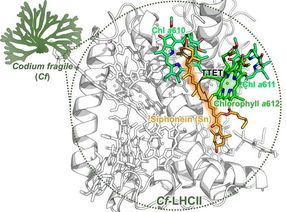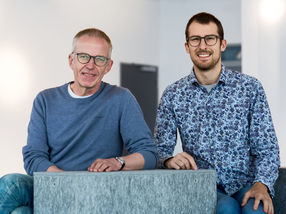Norwegian Team Completes Cod Genome
Advertisement
Scientist from a consortium of Norwegian marine and aquaculture institutions announced that they have generated the first ever draft sequence and assembly of the Atlantic cod genome. The results, presented at the GenoFisk meeting in Oslo, Norway, include a high-quality genome assembly and preliminary annotation of the fish species, completed using only whole genome shotgun and paired-end data generated by the Genome Sequencer FLX System from 454 Life Sciences, a Roche Company . By using the long-read GS FLX titanium Series and the system’s accompanying GS Assembler software, the consortium was able to produce a draft assembly at a fraction of the time and cost of traditional sequencing methods. The researchers hope to use this information and the fully annotated genome to identify genes and genetic variations underlying important traits for cod aquaculture.
“The cod is a large and complex eukaryote with a number of highly repetitive regions in its genome. We understood the value of long 400-base sequencing reads to get the quality of assembly required to achieve our research goals. In the end, we were able to generate 25x genome coverage and an assembly with few, large scaffolds, a major achievement given the diploid and non-inbred nature of our DNA source,” explained Kjetill Jakobsen, Professor at the University of Oslo and consortium leader. “A preliminary transcriptome survey revealed that 95% of all sequenced transcripts are found in the current version of the assembly, confirming the quality of these results. With this project, we have made significant steps towards the creation of a highly annotated reference genome that can be mined for genes and genetic variations associated with important traits for cod aquaculture.”
Most read news
Other news from the department science
These products might interest you
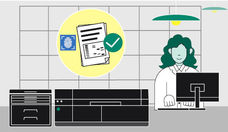
Image Integrity Checker by Cytiva
Image integrity checker software - authenticate your images for publication
Safeguard and verify your image data with our free software

Limsophy by AAC Infotray
Optimise your laboratory processes with Limsophy LIMS
Seamless integration and process optimisation in laboratory data management
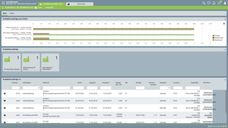
ERP-Software GUS-OS Suite by GUS
Holistic ERP solution for companies in the process industry
Integrate all departments for seamless collaboration

Get the life science industry in your inbox
By submitting this form you agree that LUMITOS AG will send you the newsletter(s) selected above by email. Your data will not be passed on to third parties. Your data will be stored and processed in accordance with our data protection regulations. LUMITOS may contact you by email for the purpose of advertising or market and opinion surveys. You can revoke your consent at any time without giving reasons to LUMITOS AG, Ernst-Augustin-Str. 2, 12489 Berlin, Germany or by e-mail at revoke@lumitos.com with effect for the future. In addition, each email contains a link to unsubscribe from the corresponding newsletter.



